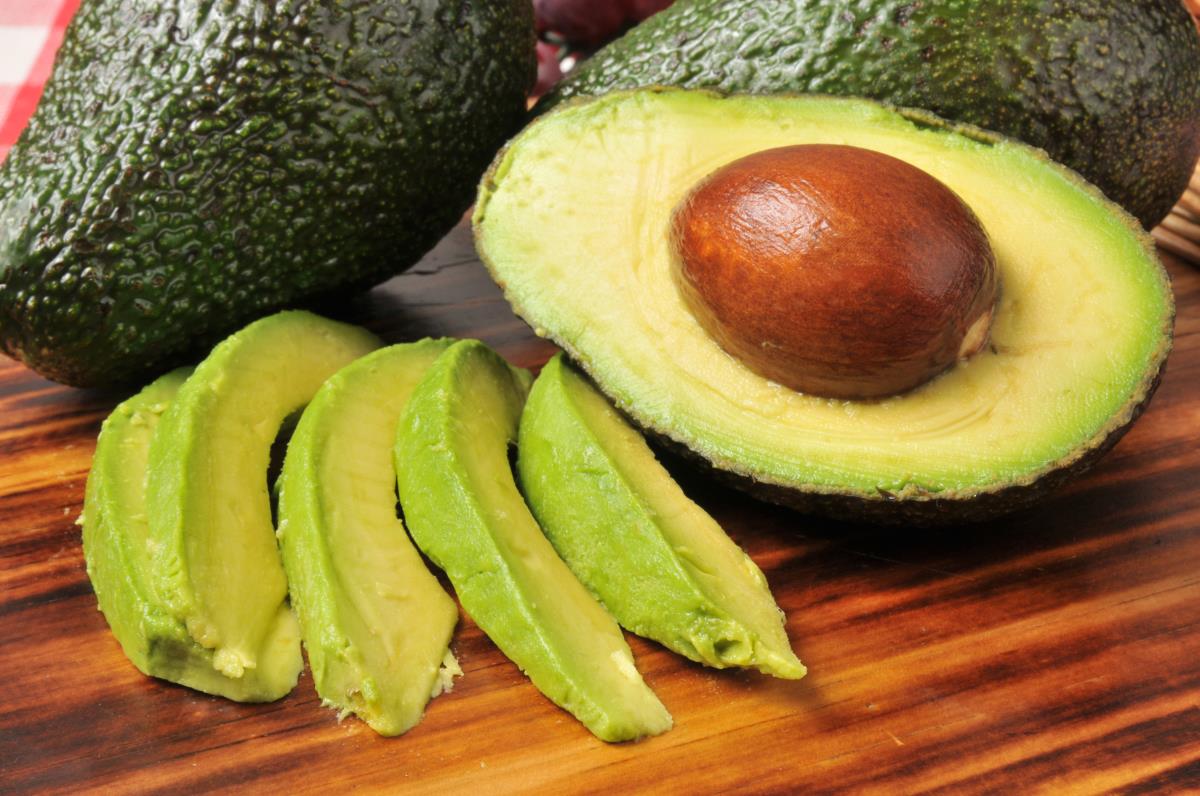Americans aren’t brand loyal when it comes to groceries: Research of consumer buying habits reveals a willingness to visit multiple stores
02/21/2018 / By Edsel Cook

There’s no such thing as ‘brand loyalty’ or ‘store loyalty’ for Americans when it comes to groceries. The findings of a St. Louis-based research team suggested we’re willing to visit up to ten different grocery stores just to get that desert topping or Granola bar we want, reported a ScienceDaily article.
Business school researchers from different universities pooled their efforts to figure out the buying habits of consumers who frequented more than one chain store. They took a keen eye to the product categories purchased from those locations as a possible factor.
Their findings suggested that most American shoppers did not limit their visits to one or two shops. Instead, we visited at least four chain stories for our groceries. (Related: Robot automation can fill grocery orders in minutes, dramatically reducing reliance on human workers.)
The Washington University-led research team studied the grocery shopping habits of 1,321 households over the period of one year. Only 12 of those households dedicated themselves to a single store.
It turned out that 83 percent of the subjects would visit anywhere from four to nine stores. About 51 percent of the dataset visited an average of five to seven. There were 88 households that managed to visit at least 10 individual shops.
For their study, the researchers accessed tracked data utilizing an electronic swipe card provided by a vendor. They canvassed more than $1 million worth of shopping transactions distributed among 14 separate retail chain stores in a large metropolitan market.
The researchers published the results of their studies in the Journal of Retailing as “Polygamous Store Loyalties: An Empirical Investigation.”
So much for store loyalty
The results caught lead author Seethu Seetharaman by surprise. He and his team had expected the concept of store loyalty to hold true in grocery retail. “When people do their shopping, it’s the store close to where they live — location, location, location, like the real-estate mantra,” he said.
According to Mr. Seetharaman, there’s a type of consumer called a ‘cherry picker’ who frequents multiple stores for discounts, specific brands, and certain products. While usually lumped in with coupon shoppers, they turned out to be a very distinct group. “That made us do a deeper dive, and we found that people aren’t as store loyal as we thought,” he said.
Describing people as ‘polygamous’ shoppers, Mr. Seetharaman noted that the majority of people visited an average of six stores. The collected data revealed that customers didn’t develop loyalty to a grocery store or group of stores due to their location. They did so because of the types of products available. For example, a customer would always buy hair accessories at one grocery. But if he needed to restock on candles, he would go to a different store.
The researchers coined the term “intrinsic store-category attractiveness”.
What do grocery store customers look for?
Say you’re a grocery store operator. What should you do to cultivate intrinsic store-category attractiveness?
According to the study, one way is to increase the number of brands of a particular product. Shoppers love having options. So make sure your shelves stock as many examples of the following products:
- Motor oil
- Candles
- Lighters
- Refrigerated dips
- Refrigerated baked goods
- Dry beans/vegetables
- Moist towelette
- Hairspray/spritz
- Hair accessories
- Automobile fluids/antifreeze
The other thing you could do is to keep your prices consistent over time. Consumers tend to get turned off by constantly and sharply changing prices, especially if it involves the following products:
- Dessert toppings
- Refrigerated eggroll/wonton/tortilla wrap
- Pickles/relish/olives
- Peanut butter
- Toothbrush/dental accessories
- Toilet tissue
- Cat litter/dog supplies
- Refrigerated meat/poultry products
- Snack bars/granola bars
- Spaghetti/Italian sauces
Keep these two factors in mind, and you may soon see more regulars at your grocery store.
For updates on more studies and research findings, visit Scientific.news.
Sources include:
Tagged Under: brand loyalty, brands, cherry picker, consumer behavior, food brands, groceries, grocery, Psychology, research, shoppers, shopping, store loyalty




















